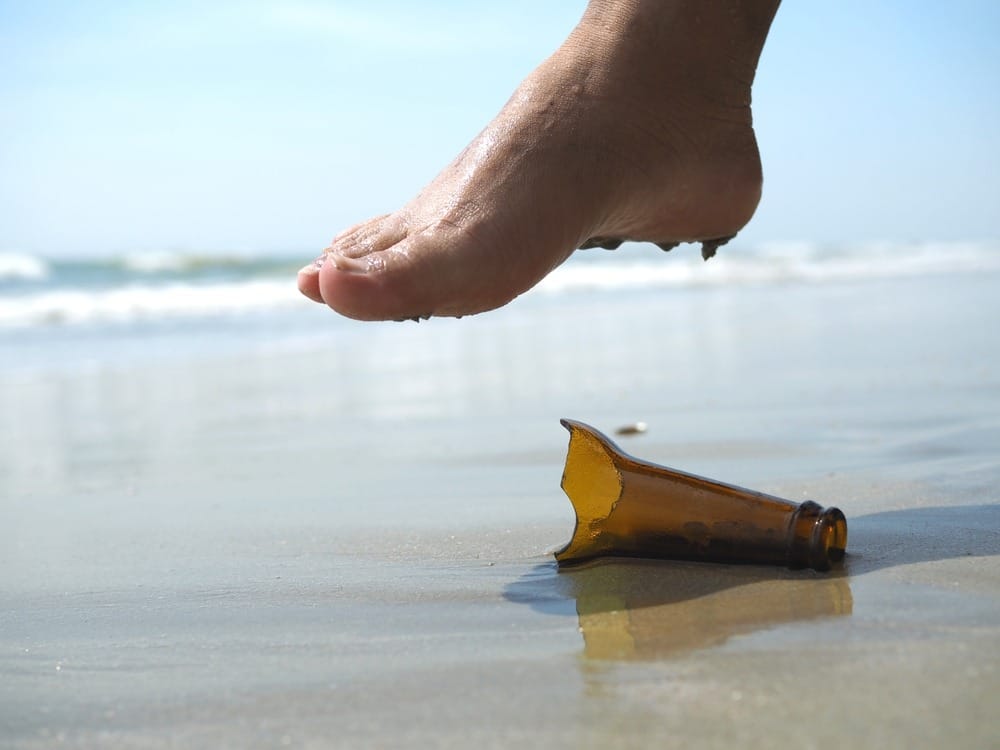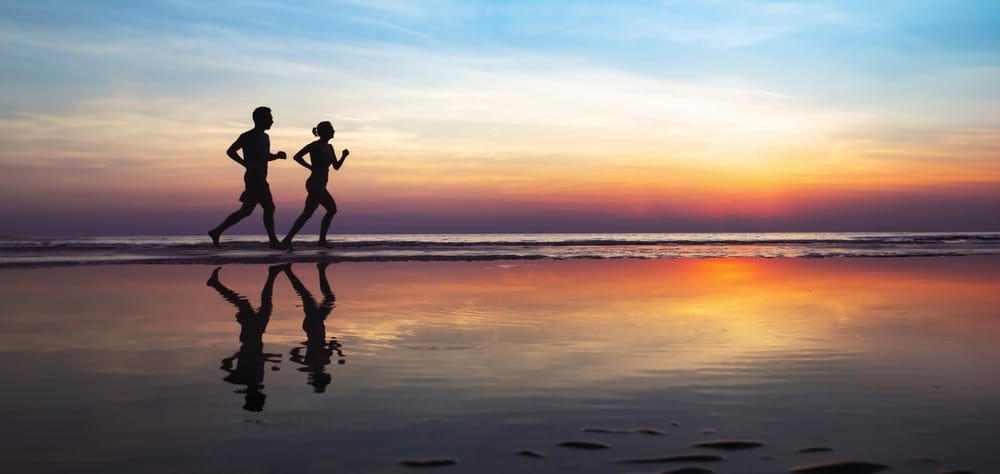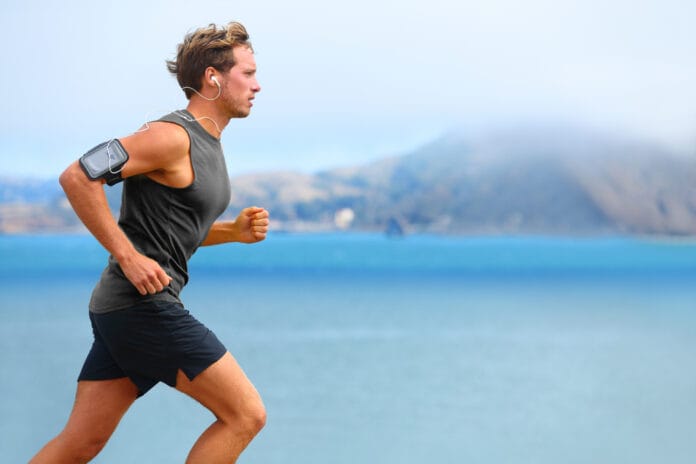Barefoot running isn’t new. People have been doing it forever. Before modern shoes, before fancy insoles, before we even thought about arch support, humans just ran. No technology, no gel cushioning—just feet and the ground.
Then came the running shoe industry. Extra padding, motion control, stability features—each new model promising fewer injuries and better performance. But at some point, a question popped up: What if shoes are the problem?
Some say ditching them fixes everything—better posture, fewer injuries, stronger feet. Others warn it’s a fast track to stress fractures and Achilles pain. So which is it? A return to something better, or just another fitness fad?
Let’s break it down.
The Benefits of Barefoot Running
People who love barefoot running will tell you it changes everything. You run better, you feel stronger, and injuries magically disappear. At least, that’s what they say.
One of the biggest claims? Better running form. Take away the thick soles, and your feet start landing differently—usually on the forefoot instead of the heel. Less impact, less stress on the joints. Sounds logical. But does it actually work? That depends on the runner.
Then there’s foot strength. Modern shoes do a lot of the work for us. They stabilize, support, cushion. Take them away, and suddenly your feet have to step up—literally. Over time, that can mean stronger arches, tougher tendons, and better balance. No fancy training required.
Another thing that gets mentioned a lot? Feeling the ground. Science calls it proprioception, but really, it’s just being more aware of how you move. Your feet send signals to your brain. Hard surface? Adjust. Uneven ground? Adapt. It’s like having built-in sensors that wake up after years of being half-asleep in thick running shoes.
And injuries? That’s where things get complicated. Some runners say barefoot running fixed their knee pain. Others say it just moved the problem somewhere else—goodbye sore knees, hello tight calves and aching Achilles tendons.
So, is it all good news? Not exactly. Next up: the risks that no one talks about—until it’s too late.

The Risks of Barefoot Running
Barefoot running sounds great—until it isn’t. The reality? It’s not for everyone, and jumping in too fast can be a recipe for disaster.
First, the obvious: your feet aren’t ready. If you’ve spent years in cushioned shoes, your muscles and tendons have adapted to that support. Take it away too quickly, and things start to break down. Tight calves, sore Achilles, even stress fractures—it happens more often than people admit.
Then there’s the ground itself. Sidewalks, asphalt, rocky trails—they weren’t exactly designed for bare feet. Step on something sharp? Game over. Hot pavement in summer? Not fun. Cold concrete in winter? Even worse.
Some runners also struggle with adjusting their form. The idea is to land softly, but if you’re used to heel striking, that habit doesn’t disappear overnight. Instead, you end up slamming your forefoot into the ground, putting extra strain on your toes and metatarsals. And guess what? That can lead to a whole new set of injuries.
And let’s be real—it’s not always comfortable. Sure, your feet toughen up over time, but those first few weeks? Every little rock, every uneven surface, every misstep reminds you just how much cushioning modern shoes provide.
Does that mean barefoot running is a bad idea? Not necessarily. But if you’re thinking about trying it, there’s a right way—and a very wrong way—to start.
What Science Says: Barefoot Running vs. Traditional Shoes
Some people swear by it. Others tried, got hurt, and never looked back. Science? Well, it’s all over the place.
Here’s what we know: running barefoot changes how you move. No thick soles to soften the landing, so most people stop slamming their heels into the ground. That’s good. Less stress on the knees. But—that force doesn’t just disappear. It shifts. Usually straight to your Achilles, calves, and the tiny bones in your feet.
And injuries? That’s where it gets messy. Some runners say barefoot running fixed their knee pain. Others just ended up with Achilles problems, tight calves, or stress fractures. The overall injury rate? Pretty much the same. Just different body parts taking the hit.
And speed? Some say they feel faster, lighter, more efficient. Technically, research shows barefoot running can improve efficiency a little—less energy wasted, more natural movement. But let’s be real. If it made people dramatically faster, elite runners wouldn’t be spending thousands on high-tech shoes.
So, is it better? Maybe. Maybe not. Some people love it. Others regret trying. Your body, your choice.

How to Transition to Barefoot Running (Without Wrecking Your Feet)
So, you’re thinking about trying barefoot running? Cool. Just don’t do what most people do—ditch the shoes and run five miles on pavement. That’s how you end up with screaming calves, aching tendons, and stress fractures.
The key? Take it slow. Your feet have spent years (or decades) wrapped in cushioned shoes. They need time to adjust. Start with short walks. A few minutes barefoot on grass, maybe some easy jogging on a soft trail. Let your feet wake up before you ask them to do serious work.
Next? Listen to your body. Sore calves? Normal. Sharp pain? Not normal. If something feels off, stop. Rest. Pushing through pain doesn’t make you stronger—it just gets you injured.
And surfaces? They matter. A lot. Grass, sand, or a rubberized track? Great. Asphalt, concrete, rocky trails? Not so much. Give your feet time to adapt before you throw them onto the hardest surfaces you can find.
Shoes or no shoes? Minimalist shoes can help. They give some protection but still force your feet to work. Think of them as training wheels. Use them if you need to.
Last thing? Be patient. It takes weeks—sometimes months—to build the strength and mobility for barefoot running. If you rush, you’ll regret it.
Expectations vs. Reality
A lot of people jump into barefoot running expecting magic. Better form. Fewer injuries. Stronger feet. And sure, some of that can happen. But reality? A little different.
First week in? Your calves will hate you. Doesn’t matter how strong you think they are—running without shoes forces them to work in ways they’re not used to. Expect soreness. A lot of it.
Then there’s the foot sensitivity. Every tiny rock, every crack in the pavement, every unexpected bump—you’ll feel it. Some runners get used to it. Others decide they’d rather not feel every grain of sand on the sidewalk.
And injuries? They don’t just disappear. If you’ve been dealing with knee pain, you might feel relief—less impact, better alignment. But that stress doesn’t vanish. It just shifts. Achilles, metatarsals, calves. Different problems, same frustration.
Also, speed? Not a guaranteed boost. Some runners feel faster, more agile. Others? They slow down at first. Their feet and legs need time to adjust. Barefoot running doesn’t automatically make you an elite athlete.
So, what’s the truth? It’s not for everyone. Some runners love it. Some give up after a week. Others do a mix—barefoot for training, regular shoes for races. The only way to know? Try it. But go in with realistic expectations.

Is Barefoot Running for Everyone?
Short answer? No.
Some runners swear by it. Others try it once, get injured, and never do it again. A few stick with it but only in certain situations—easy runs, grass, beach workouts.
So, who does barefoot running actually work for?
- If you’re patient, willing to take it slow, and okay with feeling every pebble on the ground, you might love it.
- If you’ve struggled with knee pain and want to experiment with a new running style, it could help.
- If you like the idea of stronger feet and better balance, it’s worth trying.
And who should probably skip it?
- If you’re injury-prone and don’t want to risk stress fractures or Achilles problems, this isn’t the magic fix you’re looking for.
- If you’re running on hard pavement all the time, your feet might not thank you.
- If you just want to run without thinking about form, foot strike, or gradual adaptation, traditional shoes are the safer bet.
At the end of the day, barefoot running isn’t a one-size-fits-all solution. Some people thrive. Some get hurt. Some find a middle ground.
The only way to know? Try it. Carefully.
Final Verdict: Trend or Game-Changer?
So, is barefoot running the future? Or just another fitness trend?
Hard to say. Some runners love it. Say it makes them feel lighter, faster, more in tune with their body. Others? They try it, end up with sore calves, aching Achilles, or stress fractures, and go right back to cushioned shoes.
Science? No clear answer. Some studies say it reduces knee impact. Others? They say it just moves the stress elsewhere—calves, tendons, foot bones.
Speed? Not guaranteed. Some runners feel quicker, more efficient. But if barefoot running made people dramatically faster, elite marathoners would all be doing it. They’re not.
At the end of the day? It’s just running. Some love it. Some don’t. No right or wrong—just whatever works for you.


